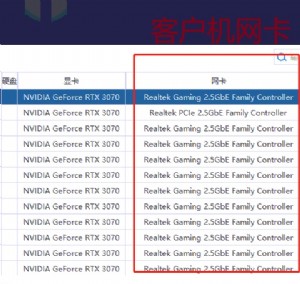在Linux操作系统下实现定时器简介
在Linux实现一个定时器,不像Win32下那样直观。在Win32调用SetTimer就行了,在Linux下则没有相应函数可以直接调用。定时器作为一个常用的功能,在Linux当然也有相应实现。下面我们看看几种常用的方法。
要实现定时器功能,最土的办法实现莫过于用sleep/usleep来实现了。当然,它会阻塞当前线程,除了处理定时功能外,什么活也干不了。当然要解决这个问题不难,创建一个单独的线程来负责定时器,其它线程负责正常的任务就行了。
要实现定时器功能,最简单的办法就是ALARM信号。这种方法简单,也相应的缺陷:用信号实现效率较低; 最小精度为1秒,无法实现高精度的定义器。简单示例:
#include
#include
static void timer(int sig)
{
if(sig == SIGALRM)
{
printf("timer\n");
}
return;
}
int main(int argc, char* argv[])
{
signal(SIGALRM, timer);
alarm(1);
getchar();
return 0;
}
setitimer和alarm有类似的功能,也是通过信号来实现。
最优雅的方法是使用RTC机制。利用select函数,你可以用单线程实现定时器,同时还可以处理其它任务。简单示例:
#include
#include
#include
#include
#include
#include
#include
#include
int main(int argc, char* argv[])
{
unsigned long i = 0;
unsigned long data = 0;
int retval = 0;
int fd = open ("/dev/rtc", O_RDONLY);
if(fd < 0)
{
perror("open");
exit(errno);
}
/*Set the freq as 4Hz*/
if(ioctl(fd, RTC_IRQP_SET, 4) < 0)
{
perror("ioctl(RTC_IRQP_SET)");
close(fd);
exit(errno);
}
/*Set the freq as 4Hz*/
if(ioctl(fd, RTC_IRQP_SET, 4) < 0)
{
perror("ioctl(RTC_IRQP_SET)");
close(fd);
exit(errno);
}
/* Enable periodic interrupts */
if(ioctl(fd, RTC_PIE_ON, 0) < 0)
{
perror("ioctl(RTC_PIE_ON)");
close(fd);
exit(errno);
}
for(i = 0; i < 100; i++)
{
if(read(fd, &data, sizeof(unsigned long)) < 0)
{
perror("read");
close(fd);
exit(errno);
}
printf("timer\n");
}
/* Disable periodic interrupts */
ioctl(fd, RTC_PIE_OFF, 0);
close(fd);
return 0;
}
| 欢迎访问最专业的网吧论坛,无盘论坛,网吧经营,网咖管理,网吧专业论坛https://bbs.txwb.com |
关注天下网吧微信,了解网吧网咖经营管理,安装维护:

本文来源:赛迪网 作者:佚名


 天下网吧·网吧天下
天下网吧·网吧天下







